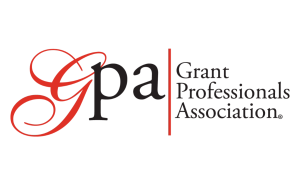A winning grant proposal proves there is a pressing community need, convinces the funder that your planned response is appropriate, and persuades the reader that the applicant organization is competent.
“A grant proposal is basically an argument for funding, and winning arguments are based on facts,” said Barbara Floersch, grants expert and author of You Have a Hammer: Building Grant Proposals for Social Change. “When developing a complex proposal, you’ll find yourself swimming in facts and figures, and if you’re juggling work on several proposals, it can be hard to stay afloat.”
Grant proposals require data from myriad sources — data on service provision and outcomes from your organization; community data from other organizations, local government, news sources, the U.S. Census; and, data on the effectiveness of the proposed service model from research studies or government clearinghouses on evidence-based practices.
When deadlines are looming and finding just the right piece of information has consumed an hour of your time, you are likely to plunk the data into the proposal, work up a citation, and move on. But disciplining yourself to enter your big find into a proposal-specific databank will save you time and frustration in the long run.
As you move along in developing the proposal narrative, you will often need to circle back to some of the meaty reports or data sets you unearthed in your online travels. It’s a mistake to think you will only need to access a data source once. “All grant professionals have experienced the frustration of losing track of a data source,” said Floersch. “Even the citation you created might not pull up the online source you originally found. Instead, you may find a summary document or an isolated quote.”
While bookmarking online sources can be helpful, expecting that you will remember where to find a particular argument point within a long list of bookmarked items is not practical. To save yourself time and aggravation, Floersch suggests developing a spreadsheet or other system to capture the exact location and use of the data you find.
“I create a data table for each proposal that includes the name of the data source, a hyperlink to the exact online location, the citation I created, and the page number of the proposal in which I used the information,” said Floersch. When rushing against deadlines, it’s tempting to get sloppy, but methodically recording each data source is well worth the effort.








